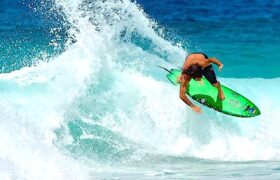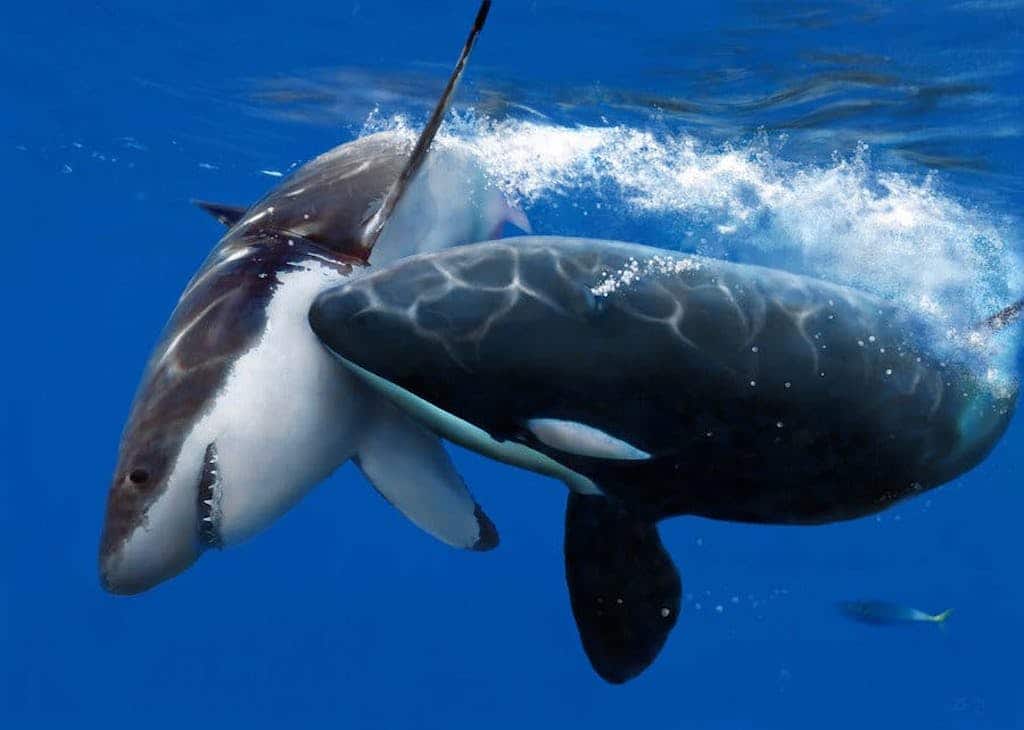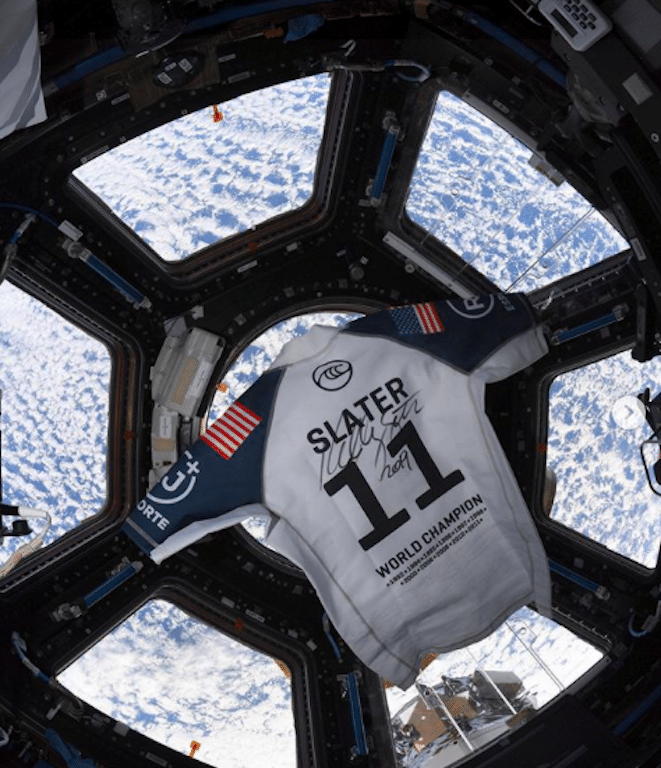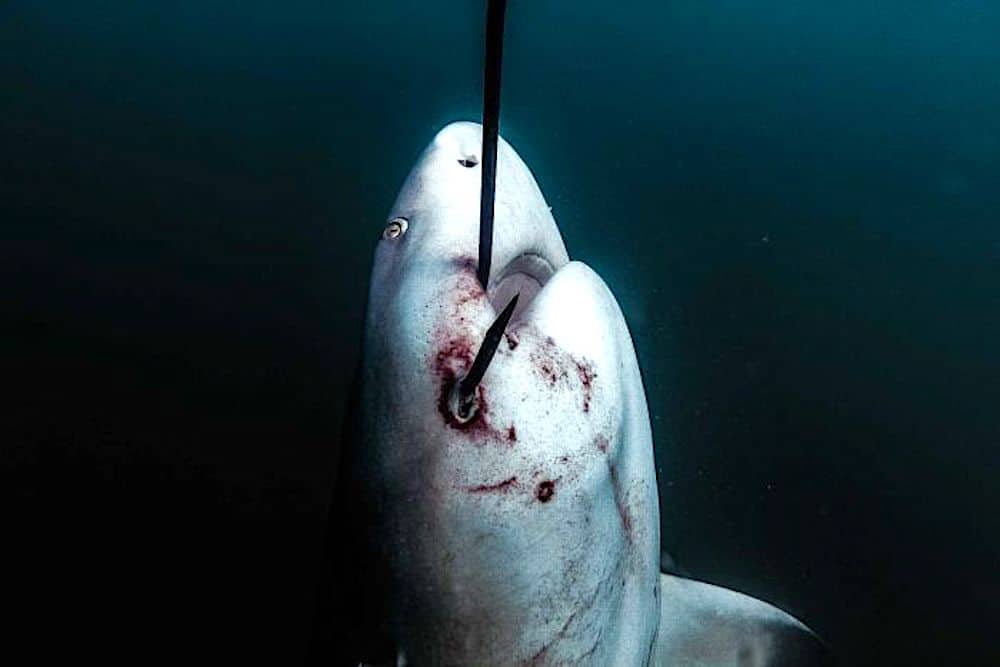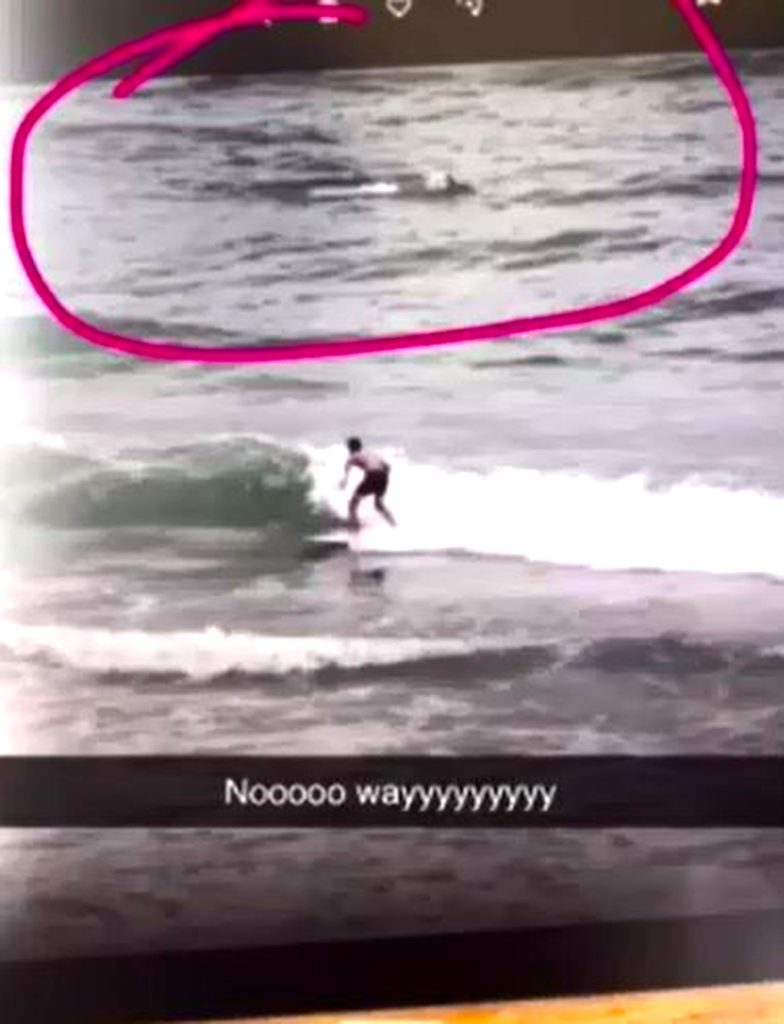Wait... who's worse?
If there was one bright narrative in our current Shark Apocalypse it was that of South Africa’s False Bay, a onetime apex predator Great White shark feeding ground that became vacated when the Great Whites began getting eaten by vicious Killer Whales but… wait.
If Great Whites are apex predators then what does that make Killer Whales?
AApex predators?
Ol Dirty Bastards?
We must decide later because Great Whites have returned to False Bay after an eighteen month sissy li’l mama’s boy spree but don’t take my word for it. Take Newsweek’s.
A great white shark has been spotted in South Africa’s False Bay over 18 months after disappearing from the popular feeding ground. It was thought the predators left the area after killer whales arrived and started hunting them.
Shark-eating killer whales turned up in the Bay in 2015. Researchers started finding the carcasses of sevengill sharks that appeared to have been killed by orca. Two years later, five dead great whites were found with similar wound patterns. Examinations showed how they had been bitten in the area between their pectoral fins. Their livers were also missing.
Since then, great whites have been largely absent from False Bay, off Cape Town.
A similar phenomenon was previously recorded off the coast of San Francisco. When killer whales arrived at the Greater Farallones National Marine Sanctuary, the great white sharks would leave the feeding ground and not return for up to a year.
But they’re back now and does this mean Great White sharks are AAApex predators?
This whole business is feeling more Iran vs. USA every single day but I think until we get to the bottom of what’s actually happening no more surfing anywhere in any ocean.
AAAApex predators?
More as the story develops.


